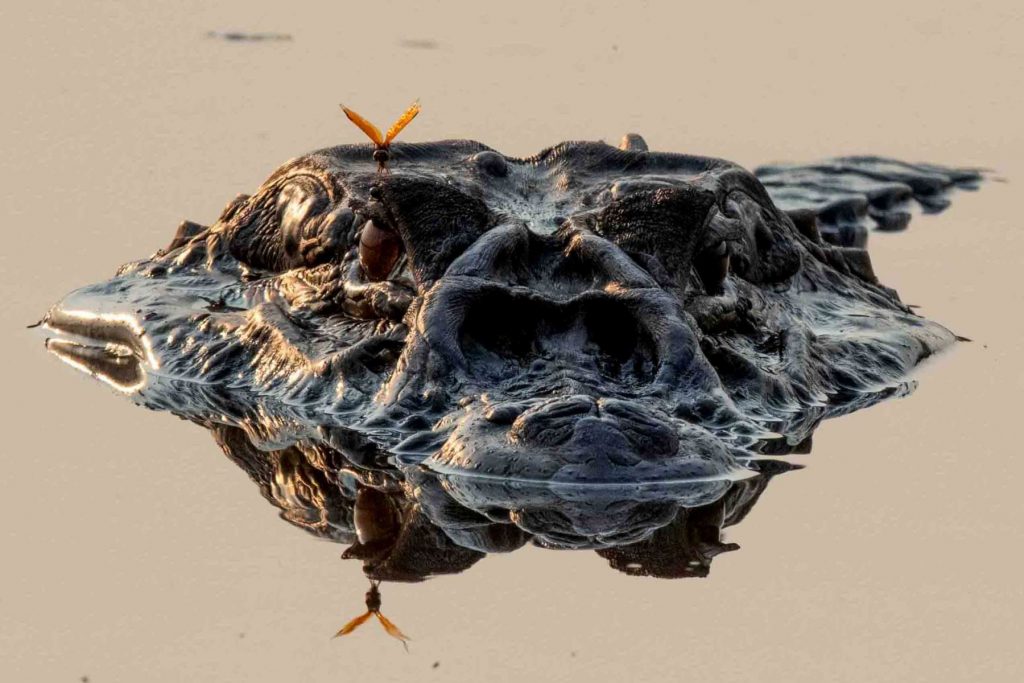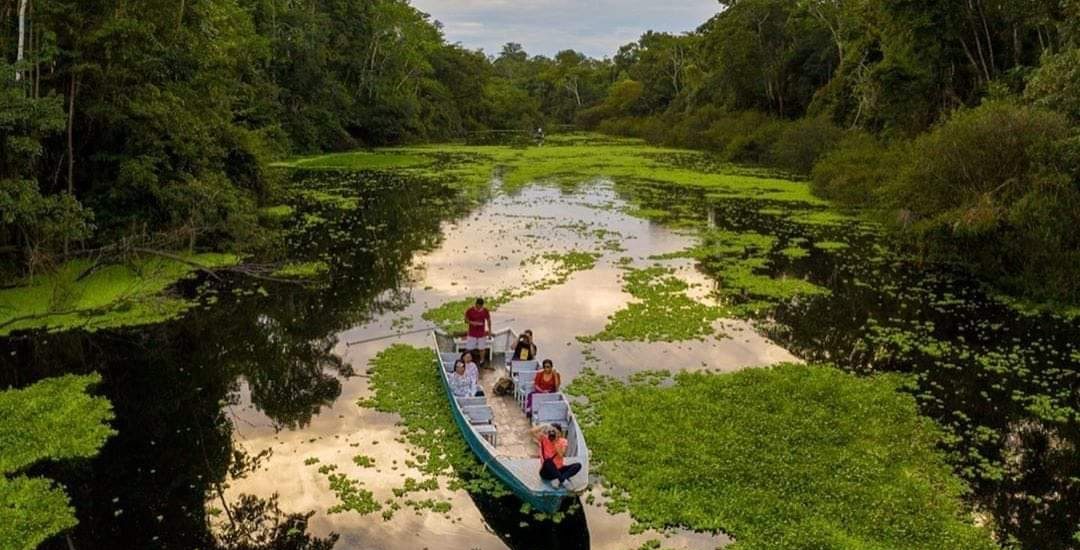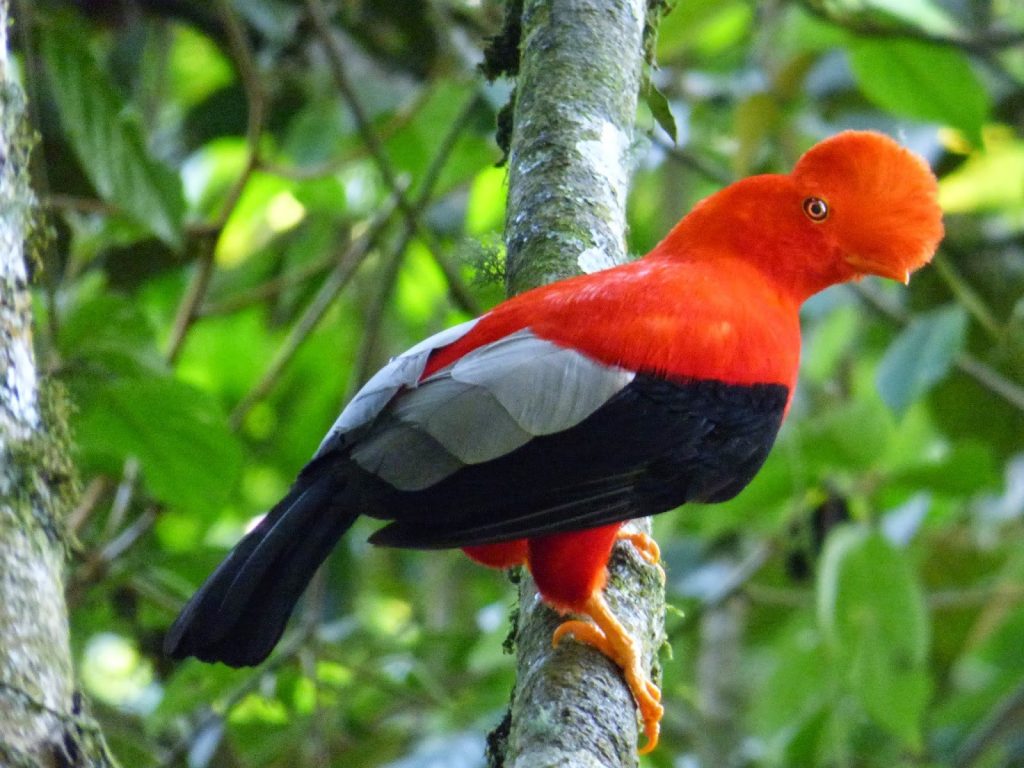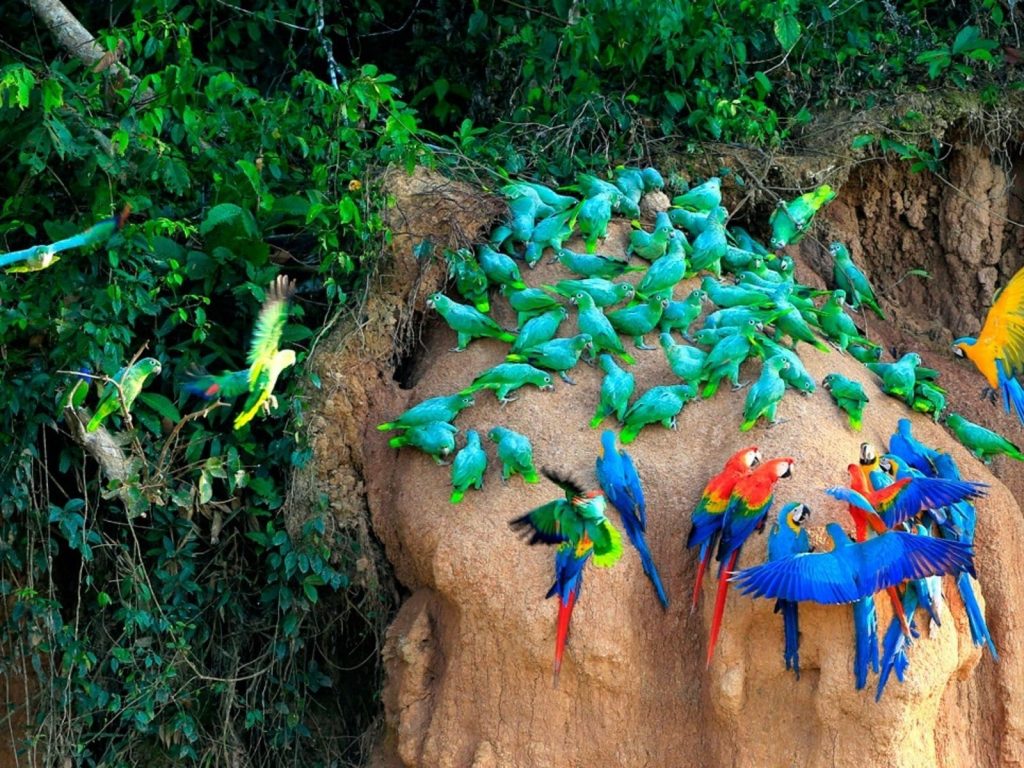Peru is one of the most diverse, biodiverse, and rich countries in the world, as a proof we’ll take a look at its wildlife species:
Peru’s Government official page says Peru has a variety of endemic species, including 1,831 species of birds. It also has 507 mammal species, 415 amphibian species, and 400 reptile species. Additionally, there are 855 freshwater fish and 19,000 species of flora.
The data above is incredible and makes us think about the ancient Inca Empire’s richness, and what kind of amazing creatures you can come across when you visit Peru!
Peru has a unique geography. It has the dry Costa (Coastal region), the mountainous Sierra (High Mountains region), and the tropical Selva (Jungle and Amazon rainforest).
We’ll focus on the wildlife of Peru for each region.
Costa
While on a trip to Paracas National Park, or Lima beaches you’ll see sea lions on the rocky shores and in the ocean. You’ll also see the lovely Humboldt penguins. They are native to the coasts of Peru and Chile, where they nest in burrows along the shore.
The Peruvian Pelican are large seabirds common along the coastlines of Peru, known for their long beaks and striking white and black plumage. The Peruvian Booby is another seabird species. It is found in coastal areas and is known for its blue-gray feathers and bright yellow feet.
Peru has several species of marine turtles, including green and leatherback turtles, nesting on sandy beaches. In this region, you’ll find different species of dolphins, including the common dolphin, bottlenose dolphin, and dusky dolphin.

Sierra
Peru’s also known as “The Land of Llamas”, you may expect to meet many of these cuddly creatures when visiting Puno, Cusco, the Sacred Valley, or Machu Picchu. Alpacas and vicunas, two camelids similar to llamas but smaller, fluffier, and cuter bearing the world’s finest wool from which the best goods may be created, are also prevalent in this region.
In the Machu Picchu area or the Inca Trail, you can see the “Tremarctos ornatus”, also known as the spectacled bear, which the white dots around its eyes may identify. This animal is associated with stories and folklore that view it as a connection to some Andean traditional dances. This cute bear is herbivorous and doesn’t attack people, however, if you spot it, be cautious.
Peru’s national bird, the “Tunqui” or “El gallito de las rocas” (Andean cock of the rock), may be spotted in this area as well as the jungle zone. A stunning little bird with a reddish-black plumage. Their name comes from the cliffs where they build their eggs, far away from predators. This little bird may be seen all across Aguas Calientes on travels.
The largest bird in South America, the Andean Condor, is another kind we cannot put aside. Witnessing the beautiful flight of the Andean Condor, replete with wide wings, graceful silhouettes, and beats of the wings, is a unique experience. Unfortunately, this rare bird is endangered. Yet, you can still see it in the Colca Valley, one of the few places you can spot it.
Another animal you may spot during your trip to this part of Peru is the giant hummingbird, the biggest hummingbird in the world, its size is about 20 centimeters and its wings beat slower. The Andean rabbit, vizcacha, or the Andean cougar called Puma are common in this region too.
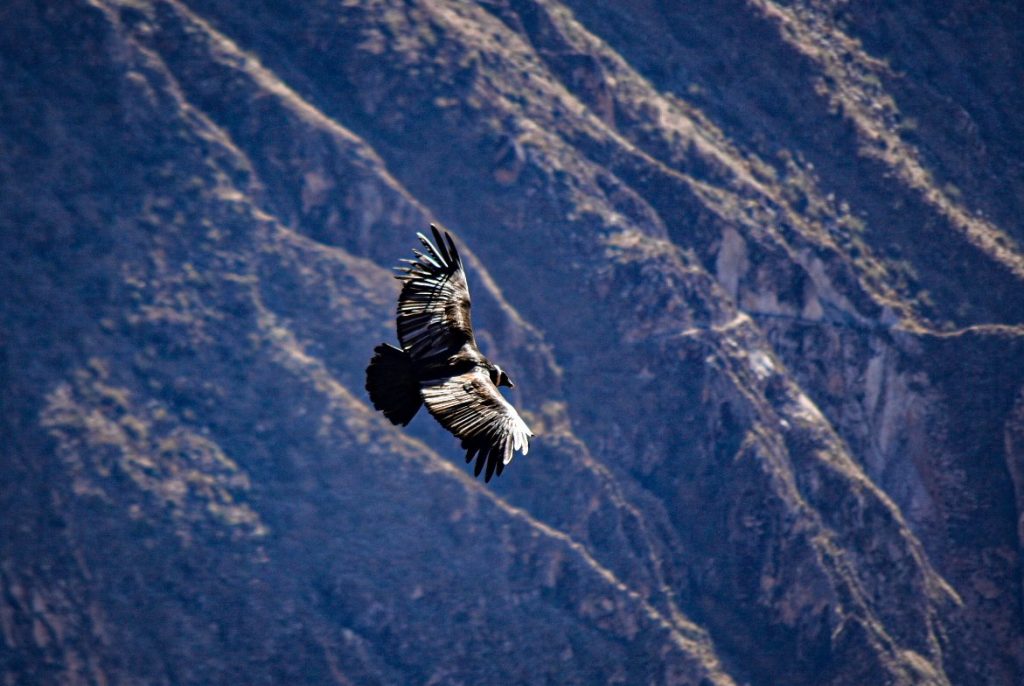
Selva
Most travelers to the Peruvian Amazon go there to see Peru’s amazing wildlife at its best. Creatures in the Amazon jungle set the standard for popular trips in South America.
Currently, the Amazon has around 1,300 bird species, 430 mammal species, 400 amphibians, and 378 reptile species. In the surrounding rivers and lakes, there are 3,000 different types of freshwater fish.
This is the place where Peru’s biodiversity is concentrated. This area is also well-known for its wide variety of weather, natural environments, and unusual species.
The harpy eagle, a kind of bird found in this region, is gigantic and may weigh up to 12 kg, making it larger than most humans. With bigger claws than a Grizzly bear, a sharp razor beak, and great vision, this massive bird of prey eats sloths and monkeys.
The mammals you may see in this area are the otorongo, also called the jaguar, the biggest feline in South America. Few visitors are lucky enough to see this famous jungle animal. They are solitary predators who hunt at night. However, The Tambopata National Reserve is one of the best places to see it. You can see the giant river otter, the black caiman, and pink dolphins around this area.
This area also has many reptiles. One of note is the green anaconda. It can reach seven meters long and weigh up to 100 kilograms. They often live in rainforest bogs, rivers, and swamps, where they hunt (suffocating their meal before eating it whole). They are green with circular marks ranging from green to dark brown. Different species of turtles, caimans, and crocodiles can be seen in this area as well.
Clay licks, also known as collpas in the Amazon, are areas where clay builds up in the jungle. Birds and other creatures gather there to eat the clay by licking it. Avian clay licks are frequently found in the outer bends of flowing rivers, where erosion of the riverbank has revealed clay seams in soil.
Though no definitive solution to why macaws consume clay has been set up, numerous possibilities seem very likely. Many accept that animals eat clay because their diets lack vitamins and minerals.
As you saw, besides its attractions Peru is filled with life and it’s worth it for you to see it.
Do you want to trip to Peru to enjoy its amazing places and wildlife? Well, we have you covered! Viagens Machu Picchu is committed to providing all you need for an authentic journey. Check out our tour packages and come visit Peru in a way that is unlike anything else!
